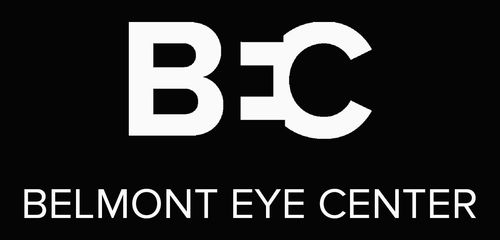Introduction
Visual Snow Syndrome, a perplexing and often debilitating condition, has long eluded effective treatment options. However, a groundbreaking study from Moorfields Eye Hospital and Guy’s and St. Thomas’ in London brings new hope. This study explores the potential of mindfulness-based cognitive therapy (MBCT) in alleviating the symptoms of Visual Snow Syndrome, offering a ray of hope to those affected by this condition.
Understanding Visual Snow Syndrome
The Challenge of Persistent Visual Disturbance
Visual Snow Syndrome is characterized by persistent flickering white, black, transparent, or colored dots across the visual field, akin to static from old television sets or looking through a snow globe. This condition, stemming from a disruption in brain networks involving the visual pathway, often coexists with migraine and tinnitus, adding to the complexity of its management.
The Need for Effective Treatment
Until now, Visual Snow Syndrome has been an untreatable condition, leaving many patients without relief. The pursuit of new treatment methods is crucial for improving the quality of life for those suffering from this syndrome.
The Promise of Mindfulness-Based Cognitive Therapy
The Moorfields Eye Hospital Study
Led by Dr. Sui Wong, a consultant neurologist and neuro-ophthalmologist, the study at Moorfields Eye Hospital and Guy’s and St. Thomas’ is investigating the role of MBCT in re-training the brain to potentially eliminate the static-type images experienced by patients.
Insights from the Feasibility Study
A recent feasibility study published in the Journal of Neuro-Ophthalmology revealed encouraging results. Participants underwent an 8-week course of MBCT, with some also receiving functional magnetic resonance imaging (MRI) scans. The findings showed not only self-reported visual improvements but also changes in the brain’s visual network on MRI scans.
The MBCT Approach
Tailoring MBCT for Visual Snow
Originally developed to prevent depression, MBCT is an 8-week program focusing on mindfulness and cognitive therapy. For the purpose of treating Visual Snow Syndrome, the program, referred to as “MBCT-vision,” was customized to shift the focus from depression to issues relevant to visual disturbances.
The Process and Practice
Participants meet weekly and engage in daily practices at home. This consistent approach is designed to gradually retrain the brain, helping it filter out unwanted images and alleviate the symptoms of Visual Snow Syndrome.
A Participant’s Journey
The Experience of Aila Collins
Aila Collins, a participant in the initial study, shared her journey with Visual Snow Syndrome, which began in 2018. Her symptoms, emerging during a stressful period, included grainy vision, floaters, halos, and flashes. After joining the 8-week MBCT-vision course, she noticed a significant reduction in the intensity of her symptoms, illustrating the potential impact of this therapy.
Participating in the Study
Criteria for Involvement
The ongoing study is actively enrolling individuals diagnosed with severe Visual Snow Syndrome by an ophthalmologist, neurologist, or neuro-ophthalmologist. It’s important that potential participants have not previously engaged in mindfulness techniques to ensure the purity of the study’s results.
Conclusion
A New Frontier in Visual Snow Treatment
The innovative approach of using MBCT for treating Visual Snow Syndrome marks a significant step forward in managing this challenging condition. At Belmont Eye Center, we are committed to staying abreast of the latest developments in eye health and treatment options. This study not only offers hope to those suffering from Visual Snow Syndrome but also opens new avenues for understanding and treating complex visual disorders.
Staying Informed and Hopeful
For those affected by Visual Snow Syndrome, this research represents a beacon of hope. We encourage patients and practitioners alike to stay informed about the progress of this study and the evolving landscape of treatment options for visual disorders. At Belmont Eye Center, we remain dedicated to providing the highest standard of care and the latest information to our patients and the community.
